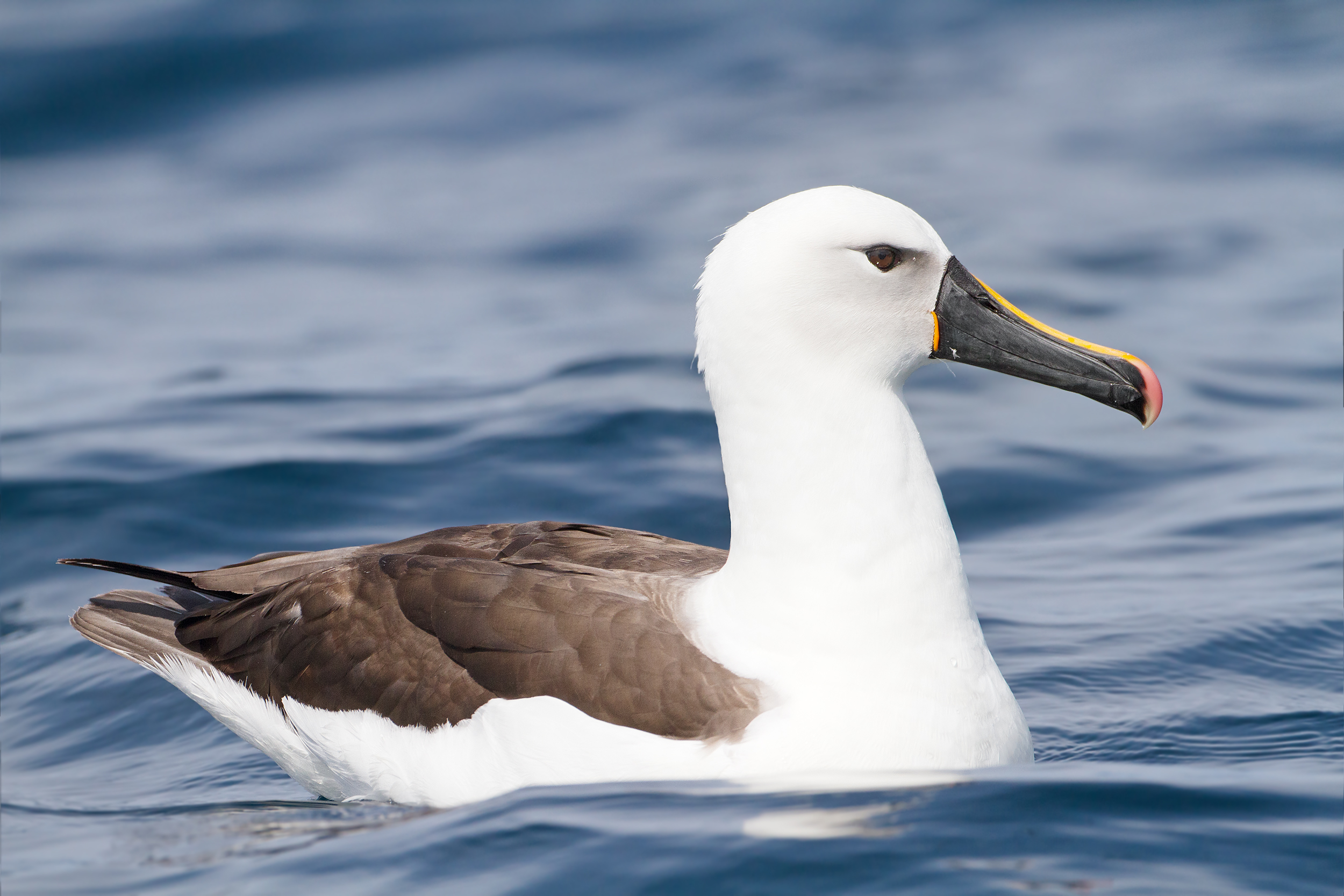Falaises d'Entrecasteaux on:
[Wikipedia]
[Google]
[Amazon]

 The Falaises d'Entrecasteaux (in English the Cliffs of Entrecasteaux, named after 18th century French navigator
The Falaises d'Entrecasteaux (in English the Cliffs of Entrecasteaux, named after 18th century French navigator

 The Falaises d'Entrecasteaux (in English the Cliffs of Entrecasteaux, named after 18th century French navigator
The Falaises d'Entrecasteaux (in English the Cliffs of Entrecasteaux, named after 18th century French navigator Bruni d'Entrecasteaux
Antoine Raymond Joseph de Bruni, chevalier d'Entrecasteaux () (8 November 1737 – 21 July 1793) was a French naval officer, explorer and colonial governor. He is perhaps best known for his exploration of the Australian coast in 1792, while ...
) comprise the cliffs, which reach heights of over 700 m, along the west coast of Amsterdam Island
Amsterdam ( , , , lit. ''The Dam on the River Amstel'') is the capital and most populous city of the Netherlands, with The Hague being the seat of government. It has a population of 907,976 within the city proper, 1,558,755 in the urban area ...
, a small French territory in the southern Indian Ocean
The Indian Ocean is the third-largest of the world's five oceanic divisions, covering or ~19.8% of the water on Earth's surface. It is bounded by Asia to the north, Africa to the west and Australia to the east. To the south it is bounded by th ...
.
Important Bird Area
The western coastline of the island, including the cliffs, has been identified as a 360 haImportant Bird Area
An Important Bird and Biodiversity Area (IBA) is an area identified using an internationally agreed set of criteria as being globally important for the conservation of bird populations.
IBA was developed and sites are identified by BirdLife Int ...
(IBA) by BirdLife International
BirdLife International is a global partnership of non-governmental organizations that strives to conserve birds and their habitats. BirdLife International's priorities include preventing extinction of bird species, identifying and safeguarding ...
because it is home to one of the largest colonies of Indian yellow-nosed albatross
The Indian yellow-nosed albatross (''Thalassarche carteri'') is a member of the albatross family, and is the smallest of the mollymawks. In 2004, BirdLife International split this species from the Atlantic yellow-nosed albatross; however Clements ...
es in the world, with about 19,000 pairs constituting some 20% of the world population, and about 240 pairs of sooty albatross
The sooty albatross, dark-mantled sooty albatross or dark-mantled albatross,BirdLife International (2008b) (''Phoebetria fusca''), is a species of bird in the albatross family. They breed on sub-Antarctic islands and range at sea across the S ...
es. There is also a large colony of northern rockhopper penguin
The northern rockhopper penguin, Moseley's rockhopper penguin, or Moseley's penguin (''Eudyptes moseleyi'') is a penguin species native to the southern Indian and Atlantic Oceans. It is described as distinct from the southern rockhopper penguin.
...
s, with 25,000 pairs. Two species, grey
Grey (more common in British English) or gray (more common in American English) is an intermediate color between black and white. It is a neutral or achromatic color, meaning literally that it is "without color", because it can be composed o ...
and soft-plumaged petrel
The soft-plumaged petrel (''Pterodroma mollis'') is a species of seabird in the family Procellariidae.
Distribution
It breeds on islands in the Southern Hemisphere, nesting on Tristan da Cunha, Gough Island, the Prince Edward Islands, Crozet ...
s, which have become rare on the island due to predation by rats and cats, are thought to breed in the IBA. There is a large rookery of subantarctic fur seal
The subantarctic fur seal (''Arctocephalus tropicalis'') is found in the southern parts of the Indian, Pacific, and Atlantic Oceans. It was first described by Gray in 1872 from a specimen recovered in northern Australia—hence the inappropri ...
s in the IBA. Ten endemic arthropod
Arthropods (, (gen. ποδός)) are invertebrate animals with an exoskeleton, a Segmentation (biology), segmented body, and paired jointed appendages. Arthropods form the phylum Arthropoda. They are distinguished by their jointed limbs and Arth ...
s have been recorded.
The vegetation, which includes three endemic plant species, is dominated by tussock-grasses and rushes which are densest towards the foot of the cliffs. Because of the inaccessibility of the cliffs, the vegetation of the cliff-ledges was never grazed by the feral cattle
Cattle (''Bos taurus'') are large, domesticated, cloven-hooved, herbivores. They are a prominent modern member of the subfamily Bovinae and the most widespread species of the genus ''Bos''. Adult females are referred to as cows and adult mal ...
that used to inhabit the island.BirdLife International. (2012). Important Bird Areas factsheet: Falaises d'Entrecasteaux. Downloaded from on 2012-01-08.
References
Île Amsterdam Cliffs of France Important Bird Areas of Île Amsterdam Landforms of the French Southern and Antarctic Lands Seabird colonies {{FrenchSouthernTerritories-geo-stub